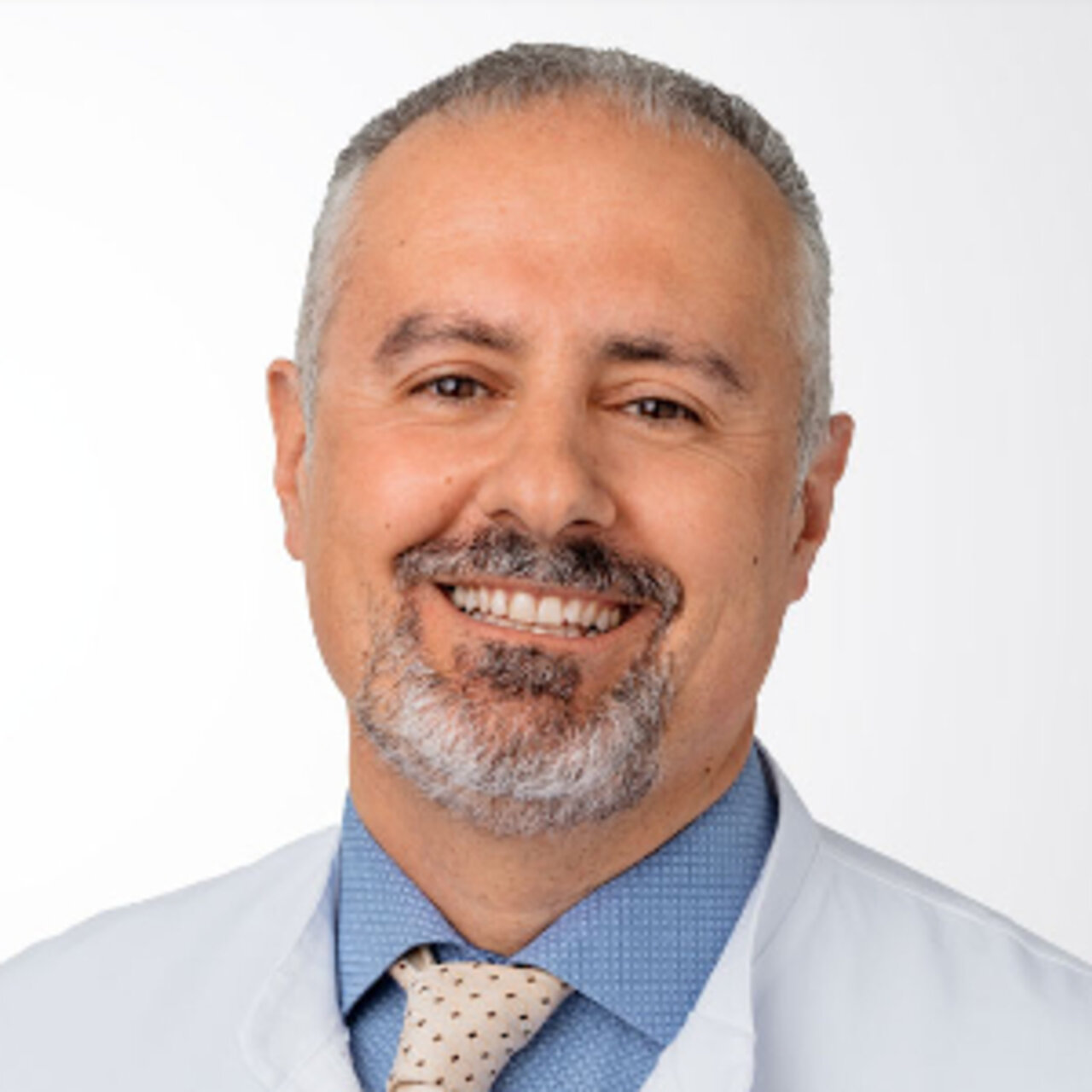Specialists in Osteoarthritis of the Sacroiliac Joint
9 Specialists found
Information About the Field of Osteoarthritis of the Sacroiliac Joint
What Is Osteoarthritis of the Sacroiliac Joint?
The abbreviation ISG stands for sacroiliac joint and forms the junction of the spine to the pelvis. The pair of the ilium of the bony pelvis each creates a joint connection to the single bone of the sacrum. The sacrum follows the lumbar spine and usually consists of four vertebras fused together. As with any joint, movement is possible, but it is hardly perceptible and is stabilized and limited by a robust capsule-ligament apparatus.
Its primary function is to ensure the transmission of forces from the lower extremity and the trunk. Therefore, if degeneration of the joint is noticed in the sense of excessive articular cartilage wear with an inflamed capsule (arthrosis sign), patients may suffer from restricted mobility and pain in the lumbar-pelvic region.
What Causes Favor the Development of Sacroiliac Joint Osteoarthritis?
Most osteoarthritis is based on a mismatch of physical load, relief, load capacity, accelerated wear of joint cartilage. As a result, a painful inflammation of the joint capsule is noticed.
Causes can be:
- Overweight
- Chronic physical overload/load relief
- Leg length differences, with physical overload on one side
- Joint injury/pelvic or sacral fracture
However, rheumatic diseases, such as ankylosing spondylitis manifest in ISG osteoarthritis. In addition, it can be observed that women more often suffer from ISG osteoarthritis. It is assumed that due to the hormonal changes during menopause, the joint stabilization decreases and contributes to an increased degenerative process of the ISG.
Symptoms and Diagnosis of Sacroiliac Joint Osteoarthritis
If patients suffer from ISG osteoarthritis, the pain does not necessarily occur in the lumbar-pelvic junction. Instead, it can also radiate into the groin area and the affected leg. Typically, patients experience a so-called "start-up pain" and stiffness of the lumbar-pelvic region in the morning, which improves during the day with some movement.
However, in the case of overuse (prolonged walking, weight-bearing, sitting for too long) or provocative movements, the pain worsens. In advanced stages of ISG osteoarthritis, continuously decreasing strains is enough to aggravate the symptoms, up to permanent pain and immobility. The daily routine becomes increasingly challenging for the patients.
A medical diagnosis is raised, through an extensive anamnesis, in which the patient answers the doctor's questions and reports on their everyday life. Furthermore, there are various ISG provocation tests, which ensure a clinical diagnosis. Imaging procedures, such as X-rays and CT scans, can be used to assess the surrounding bone structures in addition to the typical joint space narrowing. This makes it possible to visualize and more accurately classify osteoarthritis. The physician can also precisely assess the muscle and capsule structures involved in an MRI.
Sacroiliac Joint Osteoarthritis Treatment
Conservative Therapy
Conservative, non-surgical therapy aims to enable the patient to lead a daily life without or with only minor symptoms. However, it is impossible to eliminate the cause, i.e., the degeneration of the articular cartilage. However, the degenerative process can be slowed down significantly, and not every arthrosis has to cause symptoms for the patient.
Prescription pain medication and anti-inflammatory drugs can bring relief. In combination with physiotherapy, in which muscle and joint techniques are applied, individual, gentle strength, and endurance training is efficient. Stabilizing the joint through targeted training and therapy should slow down the osteoarthritis process. Special orthoses can also support this.
ISG Arthrodesis
Doctors generally advise ISG surgery only when conservative therapy fails and when no lasting, satisfactory pain relief can be achieved.
As a standard surgical therapy, the open fusion of the two joint partners, ilium and sacrum, has been performed since the 1920s. ISG fusion with screws leads to adhesion of the two bones and brings symptom relief. However, this is accompanied by a more extended rehabilitation and rest period.
This fusion can also be minimally invasive through small skin incisions as a modern form of this surgery. In addition, studies have shown that patients have significant improvements in quality of life, pain relief, and function in the daily routine after the surgery.
Which Doctors and Clinics Are Specialized in Sacroiliac Joint Osteoarthritis?
The specialists who have the most experience diagnosing and treating ISG osteoarthritis tend to be musculoskeletal experts. These include orthopedics and trauma surgery specialists, sports medicine specialists, and rheumatologists. In addition, clinics and centers for spinal disorders or pain centers also specialize in ISG osteoarthritis.
We will help you find an expert for your condition. All listed doctors and clinics have been reviewed by us for their outstanding specialization in ISG osteoarthritis and are awaiting your inquiry or treatment request.
Sources:
- Prometheus Anatomie Teil I, Thieme Verlag
- Duale Reihe Orthopädie und Unfallchirurgie, Thieme Verlag
- https://www.ncbi.nlm.nih.gov/pmc/articles/PMC2582421/
- https://www.ncbi.nlm.nih.gov/pmc/articles/PMC3817574/








